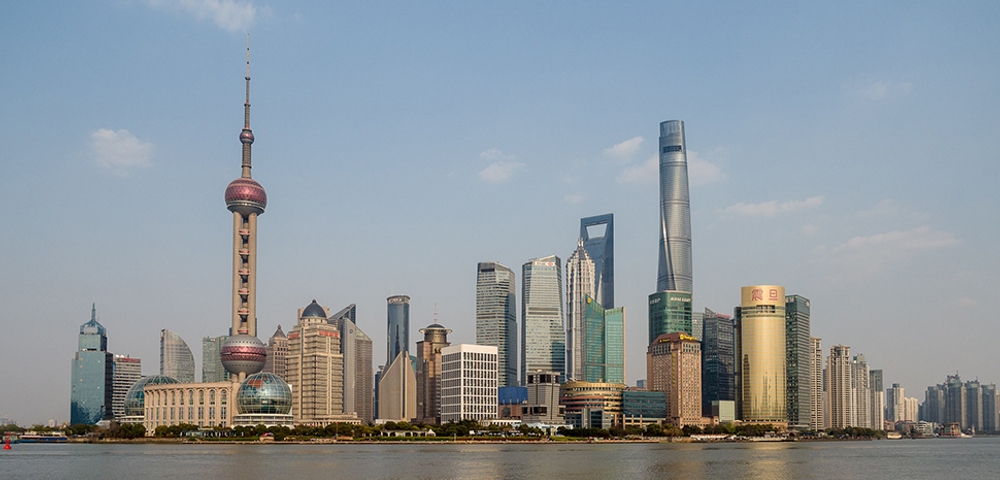Published
- 3 min read
China's Economic Crossroads: Challenges and Global Implications

China’s Economic Policy at a Turning Point
Over recent months, China’s economic trajectory has been a topic of intense global scrutiny. The nation, once a powerhouse of growth and global demand, finds itself mired in an economic slowdown that raises serious questions about its policy direction and global influence.
Structural Challenges Undermining Growth
China’s economic woes stem from a confluence of structural issues. Weak household consumption, stagnant business investment, and a faltering real estate sector have combined to stifle growth. High youth unemployment and creeping deflation further amplify the challenges. Despite a series of stimulus measures, the private sector remains under strain, a victim of state policies that prioritize government enterprises over market dynamics.
The Chinese Communist Party’s tightened control over private industries has eroded entrepreneurial confidence. As a result, monetary and fiscal policies—no matter how aggressive—are insufficient to address the deeper issue of market stifling. Without a shift toward structural reforms, these challenges may persist, prolonging economic stagnation.
A Global Ripple Effect
China’s economic struggles do not exist in isolation. As the world’s largest driver of demand, its slowdown has global implications. Falling imports have disrupted supply chains and affected economies reliant on Chinese demand. Concurrently, Beijing’s reliance on export growth has flooded global markets with low-cost goods, fueling trade tensions.
For nations like the United States, where protectionist rhetoric is on the rise, this creates a complex economic dynamic. With President-elect Donald Trump hinting at new tariffs, trade relations between these two global powers may face heightened friction.
The Promise and Limits of Stimulus Policies
Beijing has adopted a multipronged approach to economic revival. Recent stimulus efforts have focused on increasing credit availability, supporting local government housing initiatives, and restructuring municipal debts. Investments in advanced technology and infrastructure have also been prioritized.
However, these measures have yielded limited success. Depressed consumer confidence and lackluster borrowing have hindered growth. Retail sales and home purchases remain subdued, highlighting the disconnect between policy intent and market reality. The government’s reluctance to introduce direct income subsidies or welfare programs further dampens recovery prospects.
Public Discontent and Policy Criticism
In a tightly controlled policy environment, voices of dissent have emerged to challenge the government’s approach. Leading economists have highlighted the disconnect between macroeconomic stability and the struggles of ordinary citizens. High-profile critiques, though often censored, underline the widespread frustration over economic stagnation and inequality.
China’s leadership has thus far avoided substantive changes to policies favoring state-owned enterprises. This reluctance may stem from ideological convictions rather than pragmatic governance. President Xi Jinping’s historical narratives of resilience through hardship suggest that a welfare-driven approach may not align with the party’s broader vision.
The Path Forward: Reform or Stagnation?
China stands at a crossroads. Reviving economic growth requires bold reforms that prioritize private enterprise and stimulate consumer confidence. Without addressing systemic inefficiencies, stimulus measures will continue to offer only temporary relief.
A potential external shock—such as a sharp decline in exports due to global recessionary pressures—could force a reevaluation of Beijing’s policy stance. Until then, the world watches closely, as China’s economic future holds significant implications for global trade and stability.
China’s journey through these challenges offers lessons not just for its leadership but for the global community. The interplay between domestic policies and international dynamics underscores the need for balanced, inclusive growth strategies that benefit both local and global economies.
